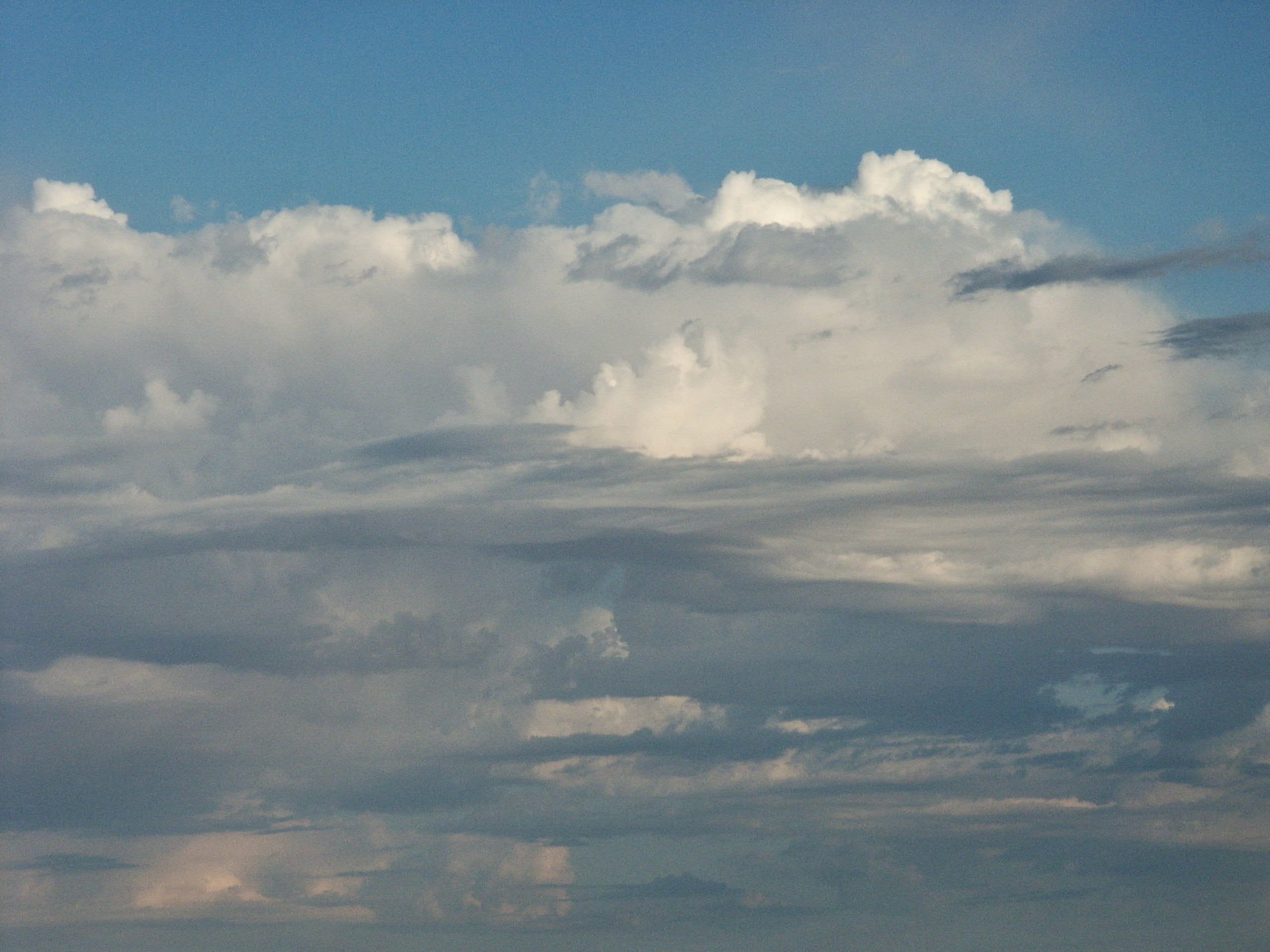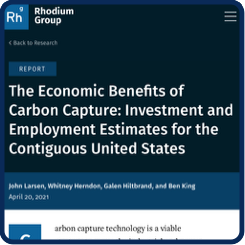
🔝
🔝
Information
Scrubbing the skies [blog]
Bibliographies
Insitute for Carbon Removal Law and Policy
Zotero bibliography on carbon dioxide removal/negative emissions
Institutions ~ Networks & alliances
Institutions ~ Academic & research
Carnegie Climate Governance Initiative (C2G)
Carbon Capture and Storage Association
Carbon Dioxide Capture and Conversion Program
Carbon Mitigation Initiative @ Princeton University
· Formerly the Center for Carbon Removal
· "...the world’s leading authority on carbon capture and storage (CCS) – an international climate change
organisation whose mission is to accelerate the deployment of CCS as an imperative technology in
tackling climate change and providing energy security."
Insitute for Carbon Removal Law and Policy @ American University
Salk Institute for Biological Sciences
Institutions ~ Private firms
· "Formed in 2010, Global Thermostat (GT) is commercializing its advanced, multi-patented
technology to transform Carbon Dioxide from a global liability into an opportunity for global
prosperity. Using its proven, breakthrough technology, GT economically captures and
concentrates CO2, enabling its profitable re-use across multiple large & growing industries –
reducing harmful emissions, and helping to close the global carbon cycle."
Animating the Carbon Cycle (ACC)
ACC @ Global Rewilding Alliance
Biochar
International Biochar Initaitive
Select readings on CCS & CDR
· In reverse chronological order.
Reactive CO2 capture: A path forward for process integration in carbon management
· 2023 ~ Megan C. Freyman et al. ~ Joule
· Covers the current capacity of carbon capture technologies and their future potential.
· Focuses on using renewable energy to perform the carbon capture processes, as well as minimizing
the energy consumption of the technologies.
Pitfalls of Tree Planting Show Why We Need People-Centered Natural Climate Solutions
· 2020 ~ Forrest Fleischman et al. ~ Bioscience
· Describes the negative effects that uncontrolled tree planting can have on underserved communities.
· Also covers alternatives to tree-planting including restoring land rights and maintaining current forests.
· 2016 ~ David Biello ~ Scientific American
· Argues that CCS is not a practical option due to its high cost and low efficacy
· ”Unless the U.S. starts to shut down more coal power plants and even natural gas power plants,
it must find a way to convert CCS from an expensive luxury to a viable fix.”
Introduction to Carbon Capture and Sequestration
· 2014 ~ Berend Smit et al. ~ Imperial College Press
· Large, detailed, primarily scientific text intended to serve as an introduction to CCS
· Includes analyses of CCS from a variety of scientific disciplines, including “the geosciences,
climate science, chemical engineering, materials science, and chemistry.”
Carbon capture and storage update
· 2014 ~ Matthew E. Boot-Hanford et al. ~ The Royal Society of Chemistry
· Authors “review the leading CO2 capture technologies” in a variety of disciplinary contexts
· Primarily a technological overview, though some policy analysis is included
An overview of current status of carbon dioxide capture and storage technologies
· 2014 ~ Dennis Y. C. Leung, Giorgio Caramanna, & M. Mercedes Maroto-Valer ~ Elsevier
· Presents an overview of the process of CCS from capture to storage
· Discusses “a number of barriers of implementation of CCS” including leakage and an absence of funding
Worldwide innovations in the development of carbon capture technologies and the utilization of CO2
· 2012 ~ Peter Markewitz et al. ~ Energy & Environmental Science
· Discusses the main types of CCS with respect to energy consumption, efficiency, and technical feasibility.
· Explains ways that captured CO2 can either be stored or used in other processes.
Carbon Dioxide Capture: Prospects for New Materials
· 2010 ~ Deanna M. D'Alessandro, Berend Smit, & Jeffrey R. Long ~ Wiley-VCH
· Relatively early and influential text on CCS
· Asserts that “The key factor which underlies significant [CCS] advancements lies in improved materials that perform the separations.”
· Offers an overview and comparison of emergent carbon-separating materials
Carbon Capture and Storage: How Green Can Black Be?
· 2009 ~ R. Stuart Haszeldine ~ American Association for the Advancement of Science
· Emphasizes and identifies the difficulties of implementing CCS
· Calls for the further development of CCS as a potential mitigation strategy for climate change
· 2007 ~ Rattan Lal ~ The Royal Society
· “. . . describes processes for carbon (CO2) sequestration and discusses abiotic and biotic technologies.”
· Recognizes strengths and weaknesses in both biotic and abiotic methods of CCS, and suggests the two are complimentary
· 2006 ~ Emma Marris ~ Nature Research
· Focuses on biotic carbon sequestration and the use of carbon-rich soil
· Discussions with “enthusiasts who think that enriching Earth's soils with charcoal can help
avert global warming, reduce the need for fertilizers, and greatly increase the size of turnips.”
· Questions the practicality of soil-based carbon sequestration
Carbon Dioxide Capture and Storage
· 2005 ~ Intergovernmental Panel on Climate Change ~ Cambridge University Press
· Comprehensive IPCC report on the technical process and political viability of CCS
· “. . . primarily assesses literature published after the Third Assessment Report (2001) on CO2 sources,
capture systems, transport and various storage mechanisms. It does not cover biological carbon sequestration . . .”
Carbon sequestration: An underexploited environmental benefit of agroforestry systems
· 2004 ~ F. Montagnini & P. K. R. Nair ~ New Vistas in Agroforestry
· Covers the many ways that carbon sequestration could be integrated into modern agroforestry.
· Describes the steps that would have to be taken for carbon sequestration to become mainstream in the field.
Soil carbon sequestration to mitigate climate change
· 2004 ~ R. Lal ~ Geoderma
· Discusses how carbon sequestration in soil can be used to offset some emissions.
· Estimates that soil C sequestration could offset up to ⅓ of the annual increase in CO2 emissions.
· Also discusses positive effects of carbon sequestration on soil health and crop yield.
Carbon sequestration (including CCS & CDR)
Contents of this page:
· Information
· Bibliographies
· Institutions
~ Networks & alliances
~ Academic & research
~ Private firms
· Biochar
· Select readings in CCS & CDR
Also see:
· Bioenergy & CCS (“BECCS”) @ Bioenergy
Tyler Caine (2023) & Joseph Pendleton (2021) of Brandeis University contributed to this page.
CCS vs. CDR
“Carbon capture and storage (CCS) is the capture of carbon dioxide (CO₂). This can be applied to CO₂ emitters, or point-sources, specifically electricity generation from natural gas and industrial operations such as cement production, as well as to the ambient atmosphere. Carbon dioxide removal (CDR) is a specific subset of CCS that results in the net-removal of CO₂ from the atmosphere. There are many pathways to achieve CDR, such as planting trees and engineered direct air capture (DAC).”*




